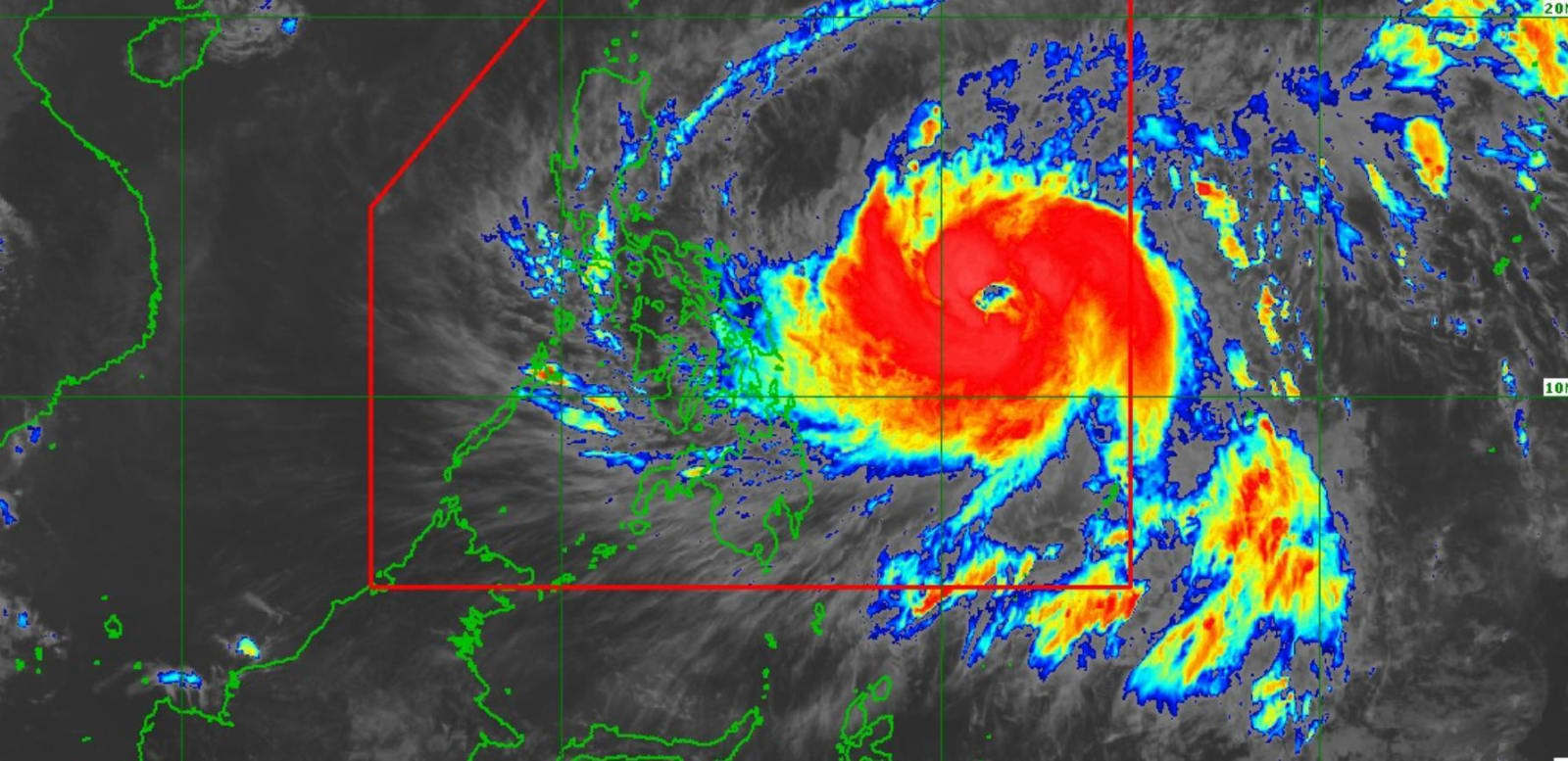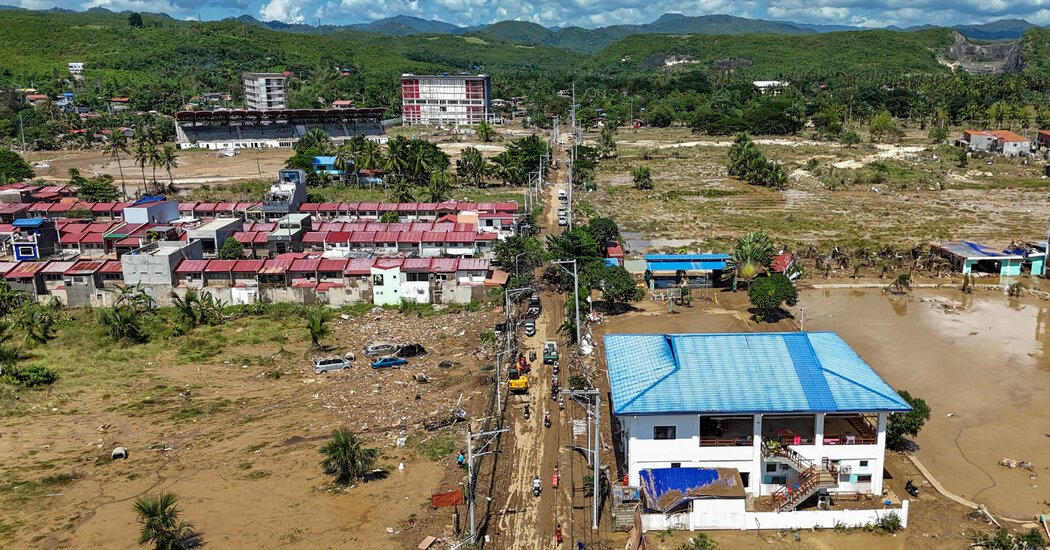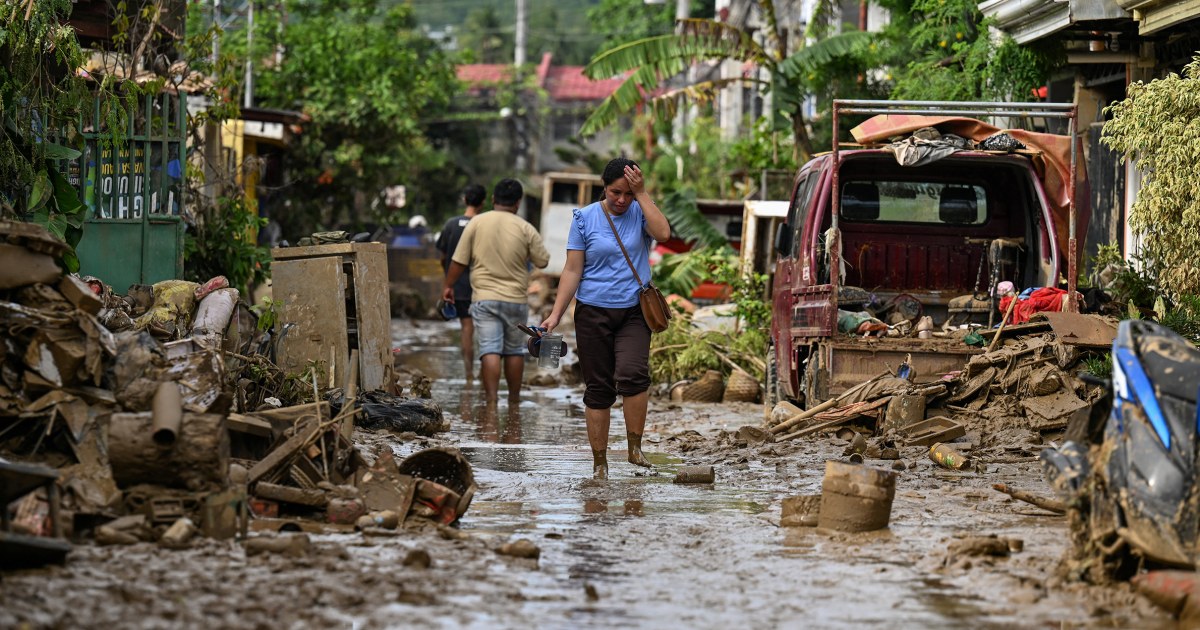
Philippines Faces Super Typhoon Uwan After Kalmaegi Disaster
A Nation Braces: Super Typhoon Uwan Approaches Storm-Weary Philippines
The Philippines is once again on high alert as Super Typhoon Uwan (internationally named Fung Wong) barrels toward the archipelago, threatening millions just days after Typhoon Kalmaegi killed over 200 people. With winds reaching 185 km/h (115 mph) and gusts up to 230 km/h (143 mph), authorities have issued the highest storm warnings and evacuated nearly one million residents from coastal and low-lying areas.

"We decided to evacuate because the recent typhoon brought floods in our area, and now I just want to keep my family safe," Norlito Dugan, a resident of Sorsogon in Luzon, told AFP while sheltering in a church. His sentiment echoes the widespread fear gripping communities still reeling from Kalmaegi's devastation.
Double Disaster: Kalmaegi's Shadow Looms Large
Uwan's arrival compounds an ongoing tragedy. Typhoon Kalmaegi, which struck on November 5th, triggered catastrophic flash floods and landslides, particularly in Cebu province, where entire neighborhoods were obliterated. At least 204 people died in the Philippines alone, with five additional fatalities in Vietnam. Recovery efforts have been suspended to prioritize Uwan preparations, straining emergency resources.
"We're getting ready but this is starting to test our level of experience." - Butch Meily, Philippine Disaster Resilience Foundation
PAGASA upgraded Uwan to super typhoon status as it made landfall in Aurora province on Sunday evening. Its massive 1,600 km-wide rain band now covers two-thirds of the country, exposing over 30 million people to hazards including life-threatening storm surges exceeding 3 meters (10 feet).
Massive Evacuations and Emergency Measures
Defense Secretary Gilbert Teodoro Jr. emphasized the urgency of preemptive evacuations: "We ask that people evacuate so we don't end up having to conduct rescues at the last minute, which could put lives at risk." In the Bicol region, vulnerable to mudflows from the active Mayon volcano, evacuees like Christopher Sanchez sought refuge in repurposed shelters: "We're scared. We're here with our grandchildren and our kids. The whole family is in the evacuation area."

Authorities have canceled 325 domestic and 61 international flights, shut schools and government offices across multiple provinces, and prohibited sea travel. The government declared a nationwide state of calamity, unlocking emergency funds for disaster response.
Climate Change: Fueling Supercharged Storms
Scientists link escalating typhoon intensity to climate change. Warmer oceans provide more energy for storms to strengthen, while warmer air holds moisture, leading to catastrophic rainfall. "The weather is changing with more intense storms and wider rain bands," Meily explained, noting that areas far from landfall now face severe flooding risks.
Yet the Philippines faces compounded challenges. Beyond climate impacts, the country grapples with corruption scandals involving flood control projects, leaving communities more vulnerable to water surges.
What Lies Ahead
While Uwan is expected to weaken after crossing Luzon, it remains a dangerous typhoon as it moves toward Manila and the Visayas. The full extent of damage won't be clear until after the storm passes, but the immediate focus remains on protecting lives.
For Filipinos, this represents another test of resilience amid relentless natural disasters. As Meily noted, "There is no pause for relief." The nation now braces for Uwan's fury while still mourning Kalmaegi's victims.
Share this article
Dr. David Chen
Science correspondent with a Ph.D. in astrophysics, passionate about making complex scientific discoveries accessible to all.